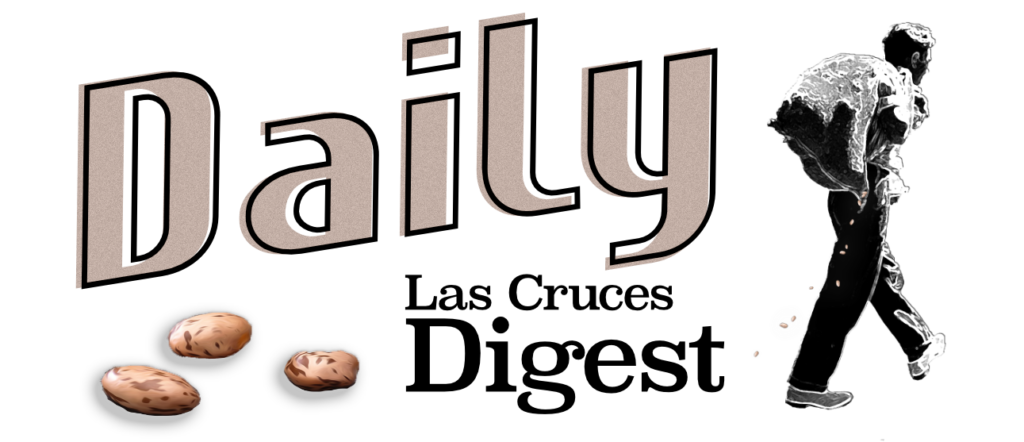User-generated recordings from smartphones, or body-worn and surveillance cameras help investigations by providing firsthand accounts of events. Often key evidence in investigations and legal proceedings, they help corroborate facts and reconstruct timelines. However, given the rise of sophisticated AI-generated deepfakes and other modification methods, forensic examiners must establish the validity of these recordings.
Source: National Institute of Justice
In forensics, user-generated recordings are audio or video recordings taken on devices such as smartphones, body worn cameras, or surveillance cameras. These recordings provide firsthand accounts of events during investigations. They often supply key evidence in investigations and legal proceedings, helping corroborate facts and reconstruct timelines for thefts, assaults, homicides, and other cases.
Because user-generated recordings can be modified, an audio or video forensic examiner should establish their validity. Recordings often contain background noise from wind or traffic that is removed by algorithms in the device itself. Audio forensic examiners can assess whether a recording is intact or if it has been modified beyond changes commonly made by the device. An examiner can also filter out competing sounds and isolate audio of interest. If there are multiple recordings of the same event, examiners may be able to time synchronize audio files and determine the approximate positions of the microphones.
Forensic analyses also must advance to keep pace with the development of new and sophisticated AI deepfakes.







![“Seven Nights of Lights and Luminarias” Among Most Read Articles in 2024 [#7]](https://lascrucesdigest.com/wp-content/uploads/2024/12/Luminarias-Old-Town-dm-1000x500_4F39B06A-5056-A36A-06831FDB1E06DF9C_4f3c202e-5056-a36a-0667e4166bf66da1.jpg)